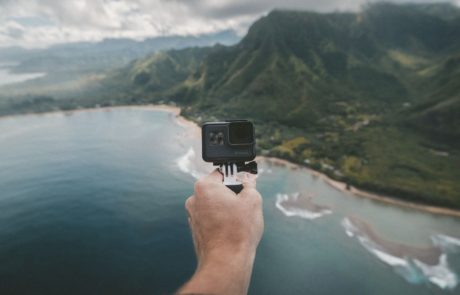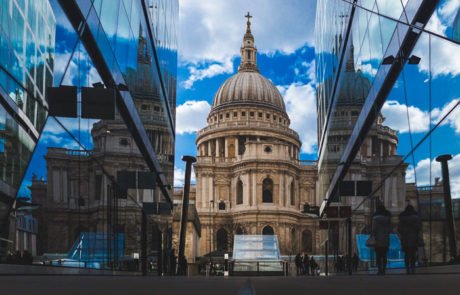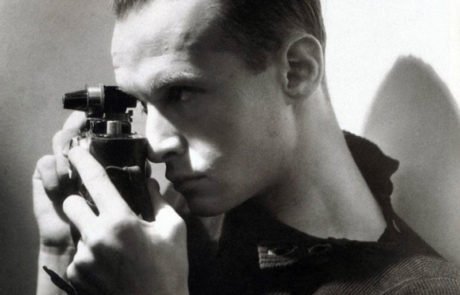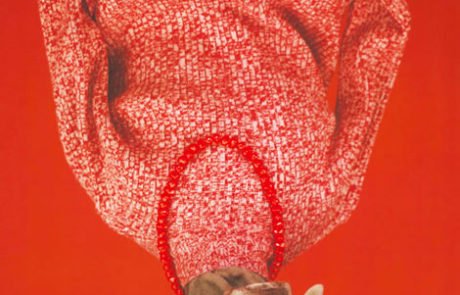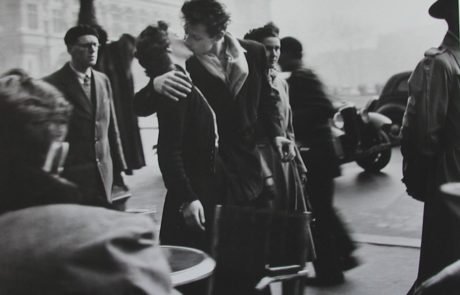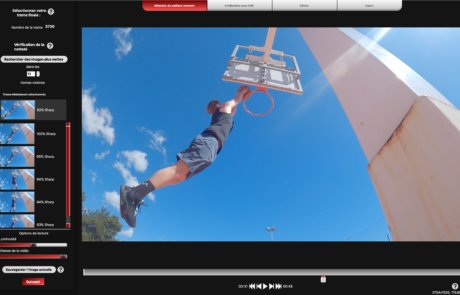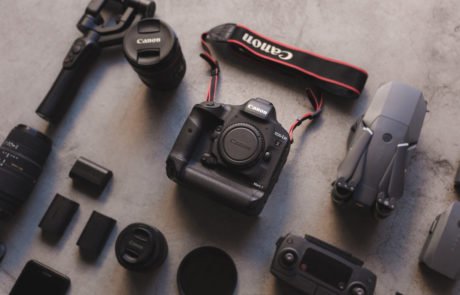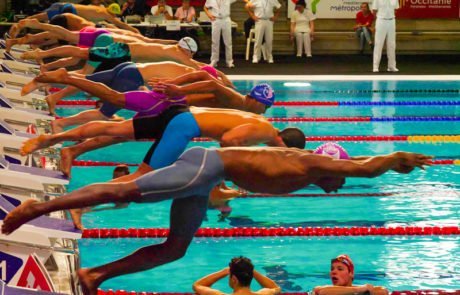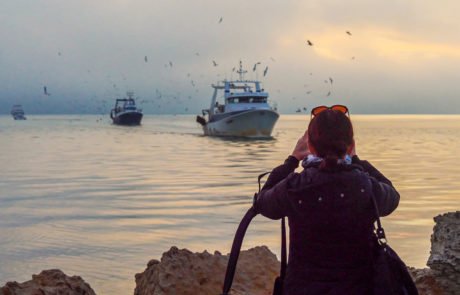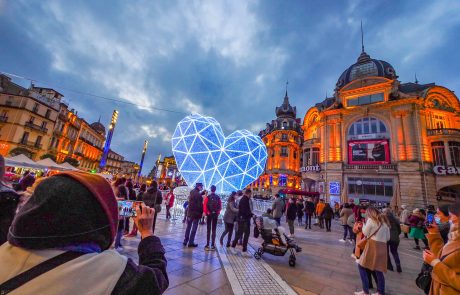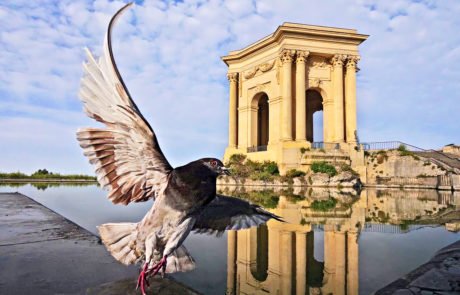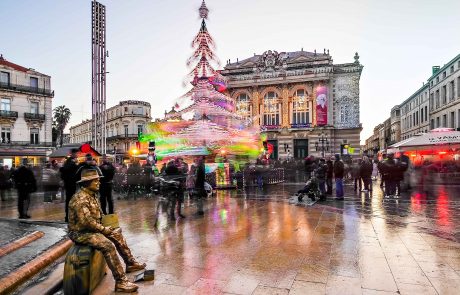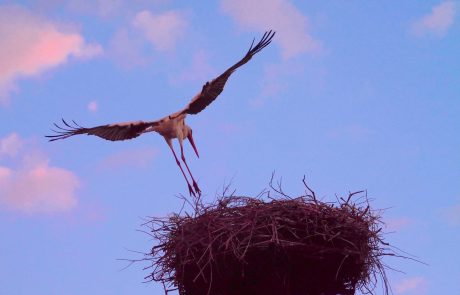Blog post — Tips and tricks
December 2021
4 tips for your photo shoots in winter
Blog post — Tips and tricks
December 2021
4 tips for your photo shoots in winter
Winter is the season of darker days, howling winds, plummeting temperatures and snowfalls. No wonder one would rather stay cosy and warm at home. Yet, it is a great time of the year to sharpen your photographic gaze and achieve great photographic prowess.
Here are 4 tips for your photo shoots in winter!
Winter is the season of darker days, howling winds, plummeting temperatures and snowfalls. No wonder one would rather stay cosy and warm at home. Yet, it is a great time of the year to sharpen your photographic gaze and achieve great photographic prowess.
Here are 4 tips for your photo shoots in winter!
1.Protect yourself and your gear from the cold
First rule is to wrap yourself up when you’re out playing in the cold. Layering your clothes is the best way to stay warm. Materials like wool or Thermax are great options for your base layer, as it will allow you to breathe. Make sure that your ears, feet and hands are covered too. You can also bring a floor mat for shots that require kneeling. Take out your camera only when you are ready to shoot your photo. Remember to take two batteries as they require more energy at low temperatures. A UV filter can also come handy to protect the lens of your objective, in case of rain or snow. Be aware of sudden temperature changes when you go indoors as they can cause condensation and damage your gear. Let it acclimate to the room temperature before putting it out.
1.Protect yourself and your gear from the cold
First rule is to wrap yourself up when you’re out playing in the cold. Layering your clothes is the best way to stay warm. Materials like wool or Thermax are great options for your base layer, as it will allow you to breathe. Make sure that your ears, feet and hands are covered too. You can also bring a floor mat for shots that require kneeling. Take out your camera only when you are ready to shoot your photo. Remember to take two batteries as they require more energy at low temperatures. A UV filter can also come handy to protect the lens of your objective, in case of rain or snow. Be aware of sudden temperature changes when you go indoors as they can cause condensation and damage your gear. Let it acclimate to the room temperature before putting it out.
2.Work on your photo composition
Let your creativity unfold and try out new compositions. Make sure you play with contrasts as colors are hard to find in Winter. Pay attention to details and shoot in macro, especially when photographing snowflakes or frost. And capture the action of winter sports in wilderness. It is a great opportunity to shoot pictures of moving subjects. Find our tips for capturing movement in photography in this article.
2.Work on your photo composition
Let your creativity unfold and try out new compositions. Make sure you play with contrasts as colors are hard to find in Winter. Pay attention to details and shoot in macro, especially when photographing snowflakes or frost. And capture the action of winter sports in wilderness. It is a great opportunity to shoot pictures of moving subjects. Find our tips for capturing movement in photography in this article.
3.Shoot RAW
Shooting RAW format has several advantages: you get an optimal image quality, you have more latitude to correct exposure and color temperature, and you can adjust white balance in post-processing. As winter photography brings lighting challenge, shooting RAW is a good option.
3.Shoot RAW
Shooting RAW format has several advantages: you get an optimal image quality, you have more latitude to correct exposure and color temperature, and you can adjust white balance in post-processing. As winter photography brings lighting challenge, shooting RAW is a good option.
4.Manage white balance
One of the main difficulties during winter photography is to capture the snow. It deceives the exposure cell of the camera: the scene is perceived as overexposed and the sensors tend to make the whites more gray. You need to compensate for the exposure by overexposing by one or two f-stops or by lowering the shutter speed. Do not hesitate to refer to the histogram to evaluate the correct exposure of your image.
On sunny days, snow can also appear blue due to the reflection of the sky. This can give a certain aesthetic to your photograph. However, if you prefer to tone it down, adjust the white balance manually.
4.Manage white balance
One of the main difficulties during winter photography is to capture the snow. It deceives the exposure cell of the camera: the scene is perceived as overexposed and the sensors tend to make the whites more gray. You need to compensate for the exposure by overexposing by one or two f-stops or by lowering the shutter speed. Do not hesitate to refer to the histogram to evaluate the correct exposure of your image.
On sunny days, snow can also appear blue due to the reflection of the sky. This can give a certain aesthetic to your photograph. However, if you prefer to tone it down, adjust the white balance manually.
Consulter d’autres articles

